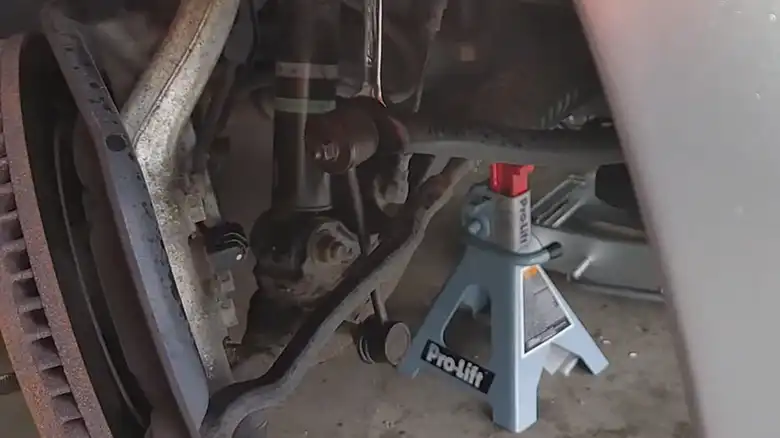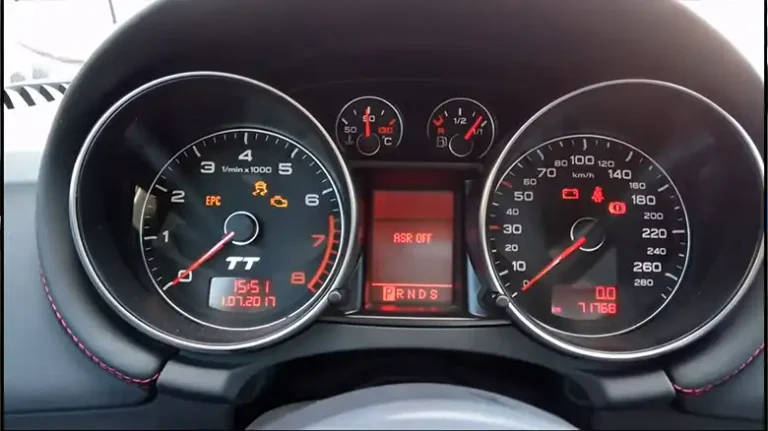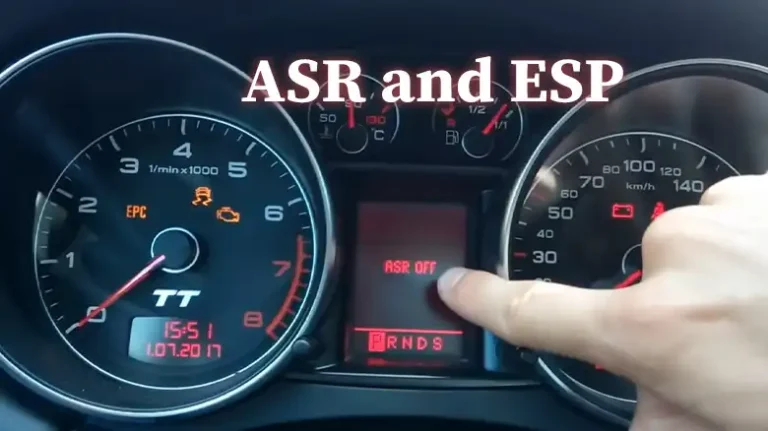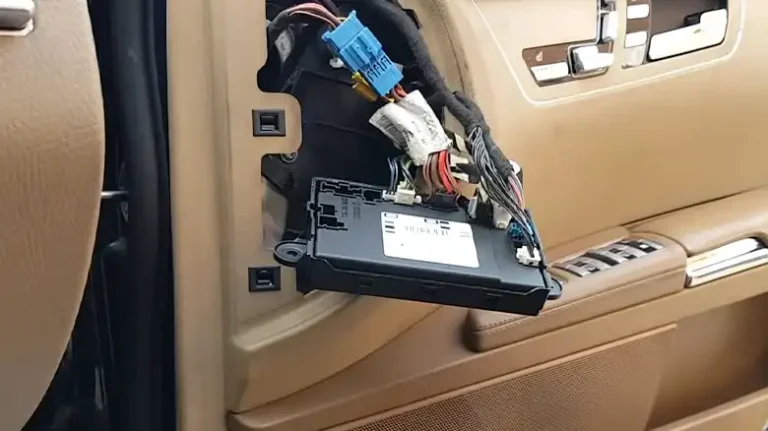Do I Need to Jack Up a Car to Replace a Sway Bar Link? To Jack or Not to Jack
Sway bar links are the unsung heroes of your car’s suspension, quietly ensuring a smooth and stable ride during every turn you make. But when it’s time to replace them, you might wonder whether you need to jack up the car to replace a sway bar link. In most cases, the answer is yes, but the real question is why and how.
Sway bar links, also known as stabilizer links or anti-roll bar links, play a pivotal role in your vehicle’s handling and stability. They connect the sway bar (sometimes called the anti-roll bar or stabilizer bar) to the control arms or struts, significantly reducing body roll during turns, improving overall stability, and ensuring that all four wheels remain firmly planted on the road.
Now, I’ll provide you with all the relevant information so that things become more convenient for you and you can comprehend the answer. So, take a few minutes and read the entire article without skipping any part!

Is It Necessary to Jack Up a Car to Replace a Sway Bar Link?
Yes, it is often necessary to jack up the car when replacing a sway bar link. Here’s why –
- Sway bar links are typically located beneath the vehicle, connecting the sway bar to the control arms or struts. To access and replace them effectively, you need to raise the vehicle to provide adequate clearance and workspace.
- Lifting the car with a hydraulic jack and securely supporting it with jack stands ensures a stable and safe working environment. Safety is paramount when working on your vehicle.
- Raising the car also allows for proper torquing of the fasteners. When you tighten the bolts or nuts that secure the sway bar link, you must do so at the manufacturer’s specified torque to ensure safe and effective operation. Having the vehicle lifted provides better access for this task.
- When you disconnect and replace sway bar links, it can potentially affect the suspension geometry. To ensure that your vehicle tracks are straight and true and that the wheels are correctly positioned, a professional wheel alignment or DIY alignment is recommended after replacing the sway bar links. Access to the suspension components is essential for making the necessary adjustments.
Types of Sway Bar Links
There are different types of sway bar links available, each with its advantages and disadvantages. Common types include:
Ball joint sway bar links: These links are known for their durability and ease of maintenance. They use a ball joint to connect to the sway bar, allowing for smooth articulation.
Bushing sway bar links: These links use a rubber or polyurethane bushing to connect to the sway bar, providing a smoother ride and absorbing road imperfections. However, they may require more frequent replacement as the bushings wear out.
Blade sway bar links: Blade links are designed for high-performance applications, offering precise control and reduced flex. They are often used in sports cars and vehicles with demanding suspension needs.
End link kits: These kits offer a complete replacement package, including all necessary components. They provide convenience and ensure that all parts are compatible and in good condition.
Determining If Sway Bar Links Need Replacement
Before you embark on the replacement process, it’s essential to know when your sway bar links need replacing. Common signs of a failing sway bar link include –
- Clunking or knocking noisesUneven tire wear: If you notice that your tires wear unevenly, it could be a sign of sway bar link issues, as the suspension geometry is affected.
- Decreased stability during turns
- Play in the sway bar links.
- Visible damage
Tools and Materials
Gathering the necessary tools and materials is a crucial first step in replacing sway bar links. You’ll typically require –
- Hydraulic jack
- Jack stand
- Wrenches and sockets
- Torque wrench:
- New sway bar link
- Penetrating oil
Replacing the Sway Bar Link
The actual replacement process involves several steps for removing the old sway bar link and installing the new one. Follow these steps carefully –
Raise the Vehicle
To access the sway bar links, you’ll need to raise the vehicle using a hydraulic jack. Consult your vehicle’s manual to identify the correct jack points, which are typically located near the front or rear wheels.
Remove the Old Sway Bar Link
Start by disconnecting the old link from the sway bar and control arms. Depending on your vehicle, the sway bar may be bolted to the frame, simplifying the process. It’s important to properly torque and tighten all fasteners to manufacturer specifications to maintain the integrity of your vehicle’s suspension.
Realign the Vehicle
After replacing sway bar links, it’s essential to realign your vehicle. Replacing these components can alter the suspension geometry, potentially leading to misalignment. Professional wheel alignment is recommended for most cases to ensure that your vehicle’s wheels are correctly positioned and that they track straight and true. However, some experienced DIY enthusiasts may choose to perform the alignment themselves, following the instructions in their vehicle’s manual and using appropriate tools.
Additional Tips and Advice
In addition to the key steps outlined, consider the following tips and advice when replacing sway bar links –
- Use penetrating oil to loosen stubborn fasteners, as rust and corrosion can make removal challenging.
- Avoid overtightening nuts and bolts, as this can damage the threads and lead to future issues. Follow the manufacturer’s torque specifications for proper tightness.
- Ensure the new sway bar links are correctly torqued to manufacturer specifications to maintain optimal suspension performance.
- Take the vehicle for a test drive after replacement to confirm that the sway bar links function correctly. Pay attention to handling and any unusual noises during the test drive to detect any issues.
Conclusion
In conclusion, replacing a sway bar link is a task that many car owners can undertake with a moderate level of mechanical aptitude. Safety and adherence to the correct procedure are paramount throughout the process. These steps, along with the additional tips and advice provided, should help you maintain your vehicle’s stability and handling performance while ensuring your safety. Always consult your vehicle’s manual for any model-specific instructions and torque specifications and consider professional alignment services to ensure your vehicle’s continued optimal performance and safety.




![[Explained] Does ABS Work in Neutral?](https://proautosafety.com/wp-content/uploads/2023/03/Does-ABS-Work-in-Neutral-768x431.webp)
![[Answered] Can I Drive My Car Without TPMS Sensors?](https://proautosafety.com/wp-content/uploads/2023/03/Can-I-Drive-My-Car-Without-TPMS-Sensors-768x431.webp)